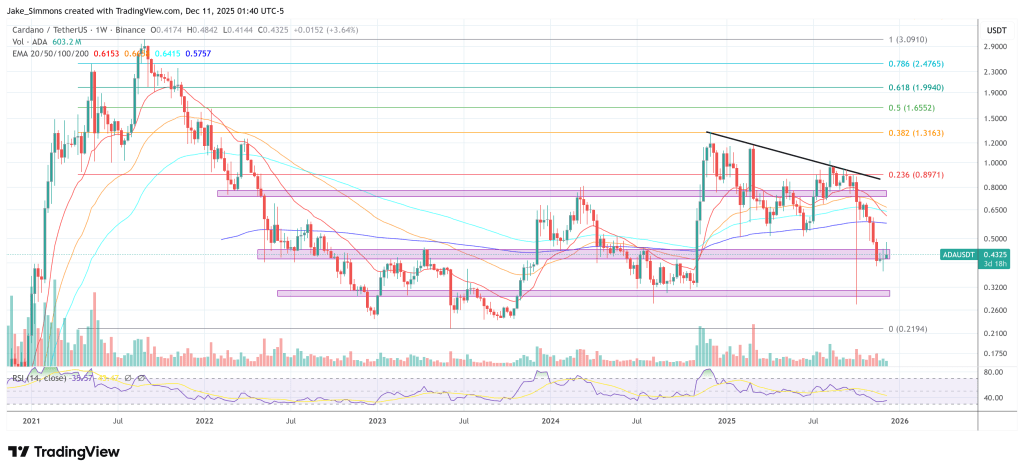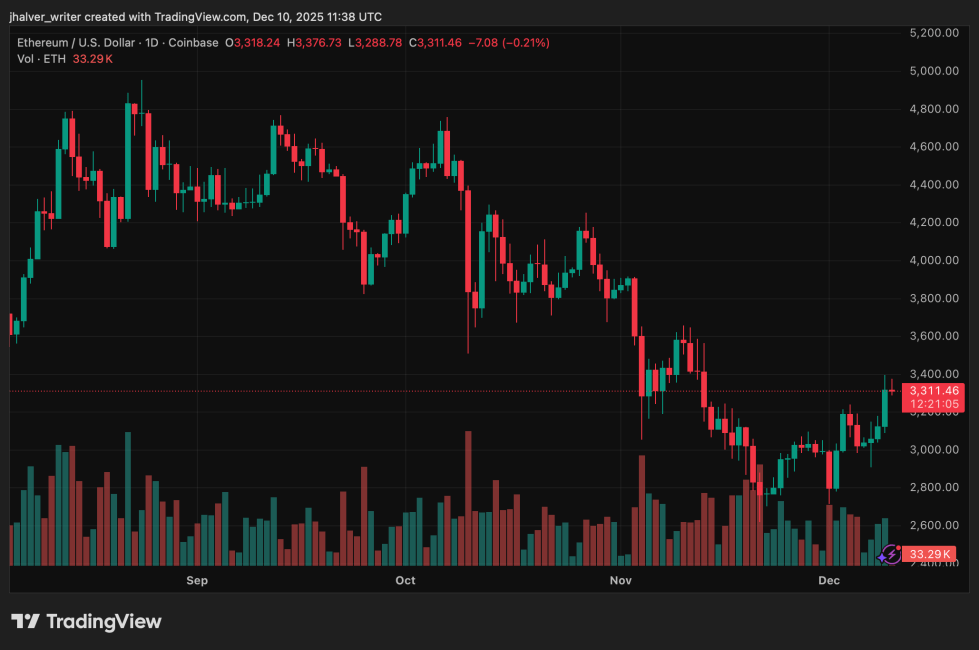In an academic paper, researchers from the University of Luxembourg have unveiled a novel approach to enhance the communication efficiency of Ripple’s XRP Ledger. The research, supported by the Luxembourg National Research Fund and Ripple’s University Blockchain Research Initiative (UBRI), delves into the intricacies of Named Data Networking (NDN) as an overlay to optimize the XRP Ledger’s consensus-validation mechanism.
Remarkably, the authors of the research (Lucian Trestioreanu, Wazen M. Shbair, Flaviene Scheidt de Cristo, and Radu State) should be very familiar to the XRP community as they’re behind PayIDSecure. The project was awarded the first place int the PayID hackathon, for the grand prize of $15,000 in XRP. PayIDSecure is a privacy preserving PayID server using decentralized identity (DID) and Access Control Lists (ACL).
Ripple Continues To Fund XRPL Development
The paper, titled “XRP-NDN overlay: Improving the Communication Efficiency of Consensus-Validation based Blockchains with an NDN Overlay,” addresses a critical issue in the scalability of Distributed Ledger Technologies (DLTs)” like the XRP Ledger. The problem can be stated: How can the performance burden due to a high number of messages induced by flooding at scale, be alleviated?” the researchers note, highlighting the challenge of maintaining efficient communication while scaling the network.
Named Data Networking (NDN) emerges as the linchpin in this research. Unlike traditional IP-based networks that focus on delivering packets to specific destinations, NDN fetches data by name, offering content caching to improve delivery speed and reduce congestion. “NDN is a type of content distribution network which instead of delivering packets to a given destination (IP), it fetches the data by name, offering content caching to improve delivery speed and reduce congestion, and built-in multicast,” the paper elucidates.
The researchers propose and rigorously evaluate four distinct models—Polling, Announce-pull, Advanced-request, and Piggybacking—to map XRP consensus to NDN. Each model aims to minimize the number of messages processed by XRPL nodes, thereby enhancing network efficiency.
“The most suitable solution is the encapsulation of validations in Interests disseminated with multicast,” the researchers conclude, referring to their Piggybacking model. This model not only reduces the number of messages but also ensures “robust dissemination and low latency.”
The research employs both a real lab testbed and the production network for experimental evaluation. Metrics such as the number of validations in/out of a node, network load, and interarrival time between validations were meticulously analyzed. “The model improves over baseline as shown by comparing interarrival times, while ensuring robust dissemination and low latency,” the paper states, affirming the efficacy of the Piggybacking model.
While the paper funded by Ripple marks a significant stride in optimizing the XRP Ledger, it also outlines future research directions, including real-life scenario testing, robustness and security assessment, and cost analysis. “We plan to test real-life scenarios to further assess robustness and security, and also a cost analysis,” the researchers indicate.

You can get bonuses upto $100 FREE BONUS when you:
💰 Install these recommended apps:
💲 SocialGood - 100% Crypto Back on Everyday Shopping
💲 xPortal - The DeFi For The Next Billion
💲 CryptoTab Browser - Lightweight, fast, and ready to mine!
💰 Register on these recommended exchanges:
🟡 Binance🟡 Bitfinex🟡 Bitmart🟡 Bittrex🟡 Bitget
🟡 CoinEx🟡 Crypto.com🟡 Gate.io🟡 Huobi🟡 Kucoin.




















Comments